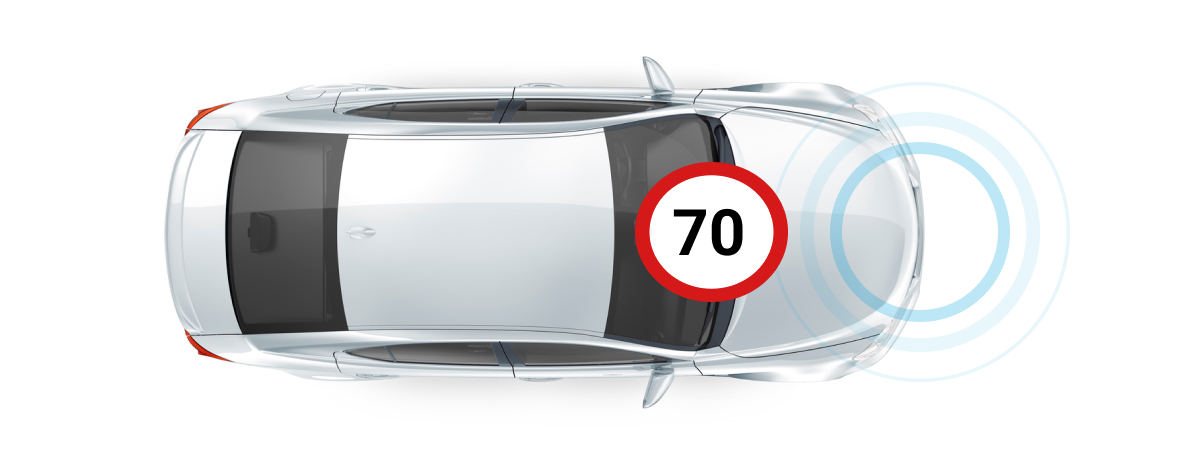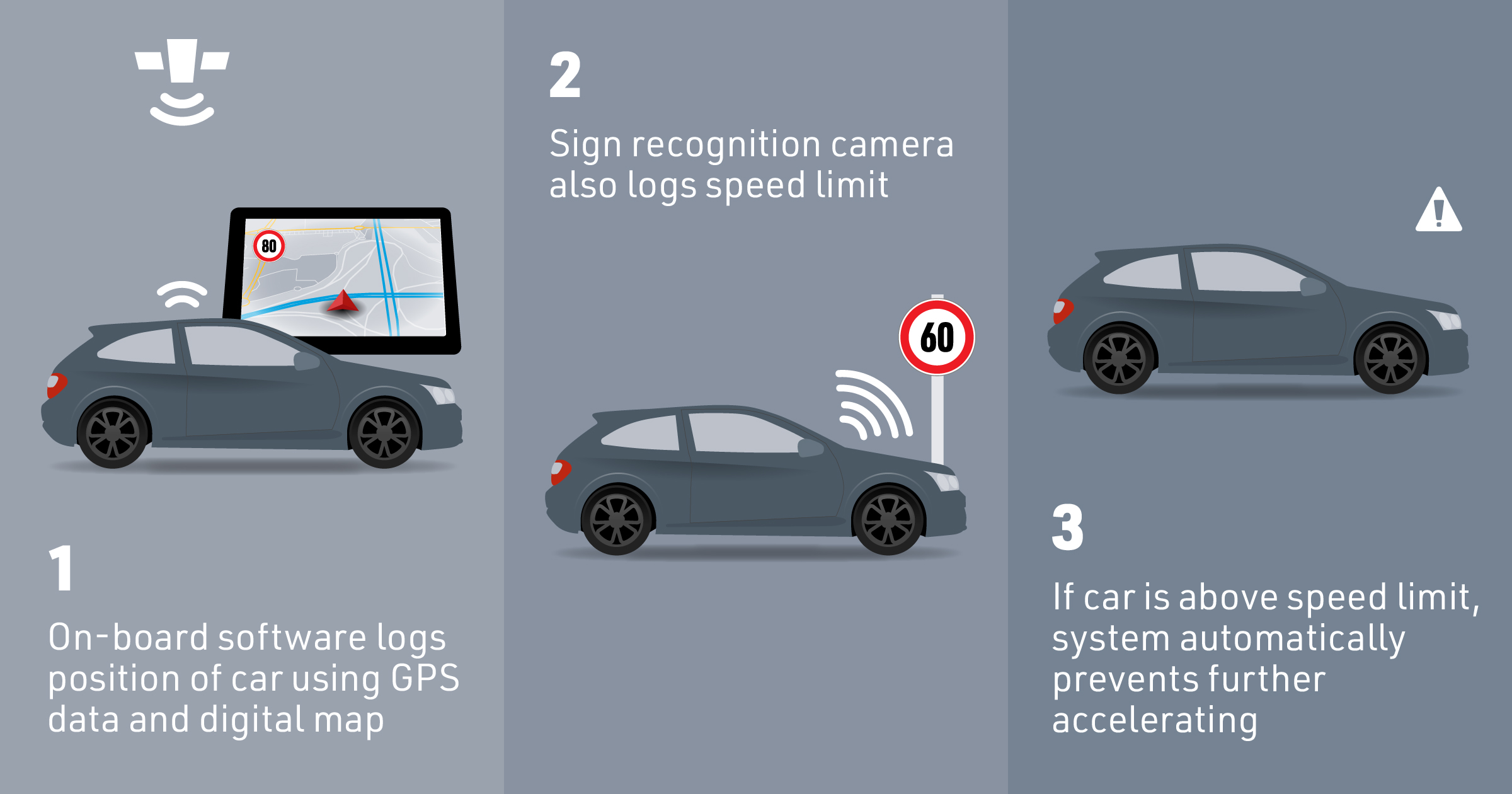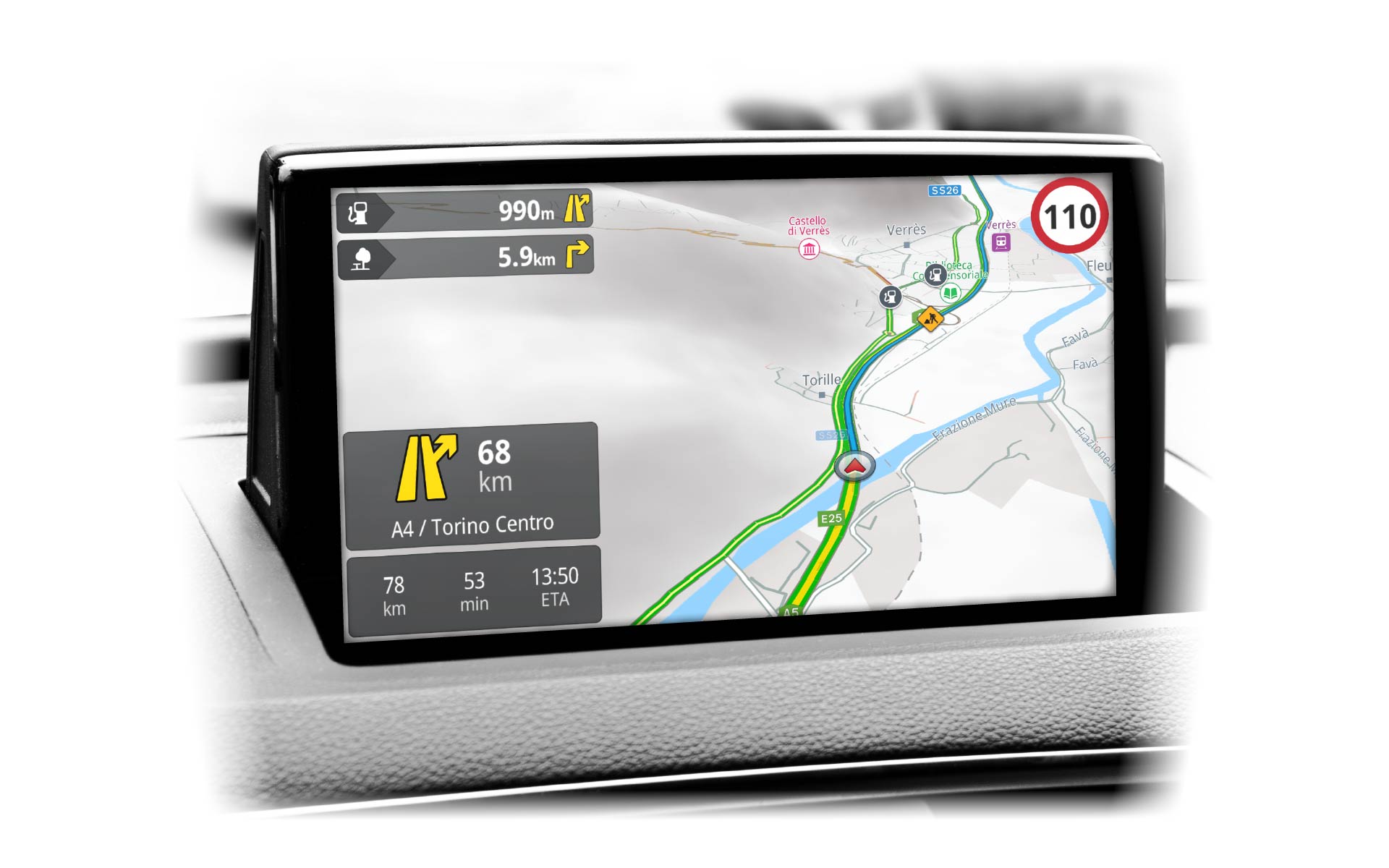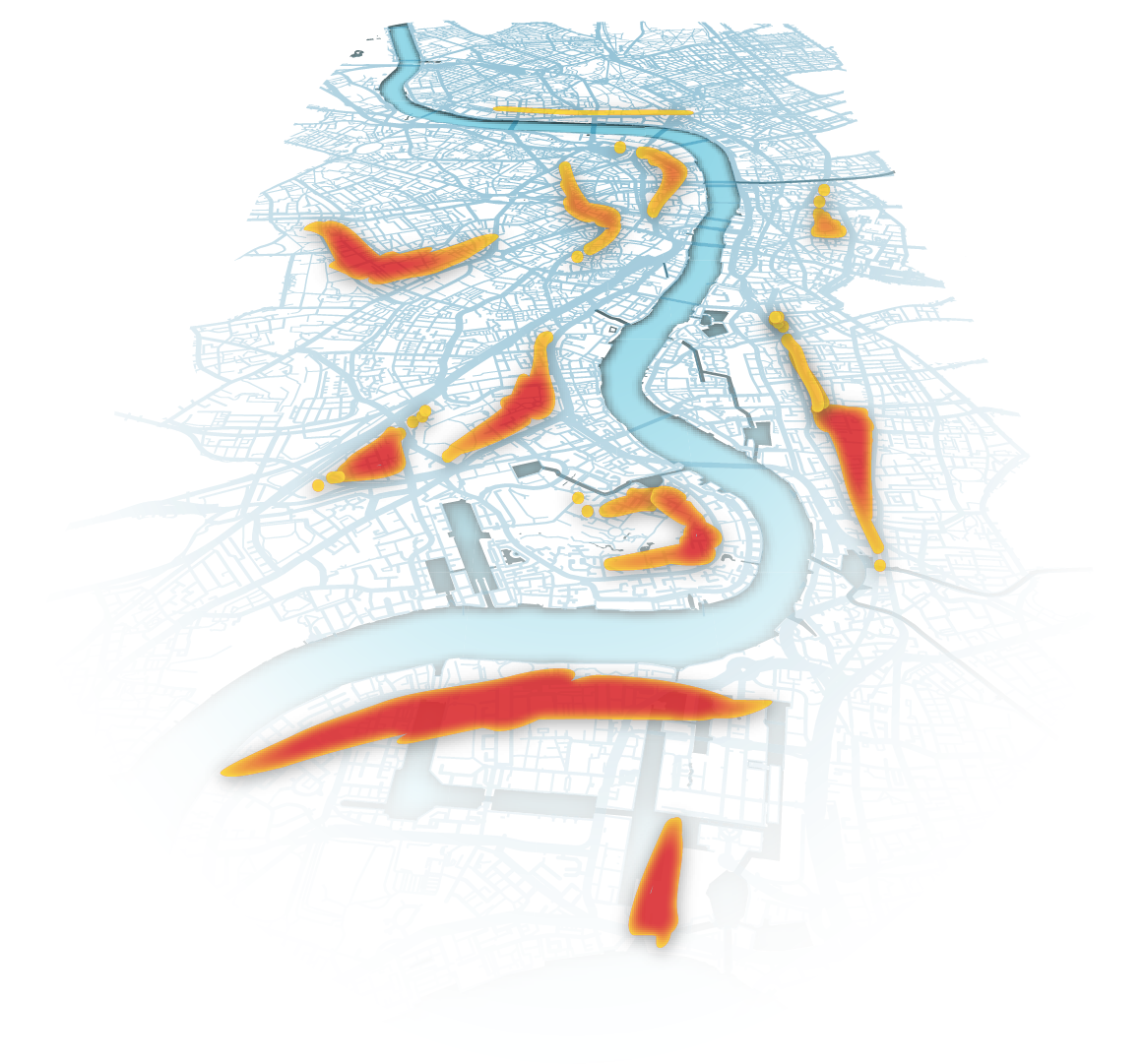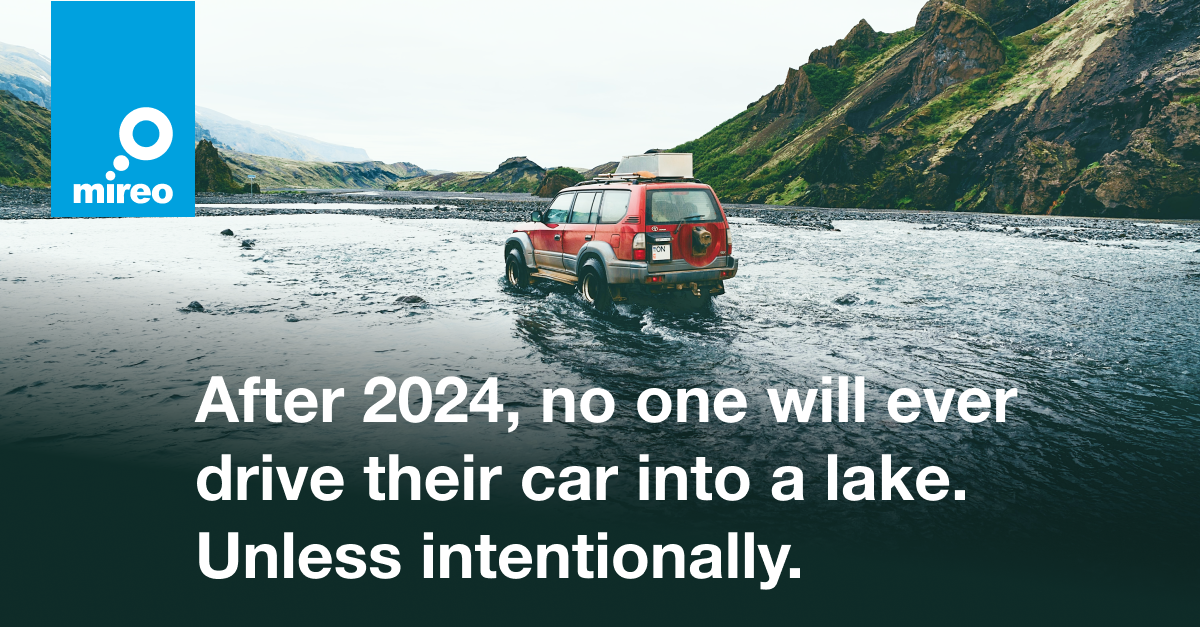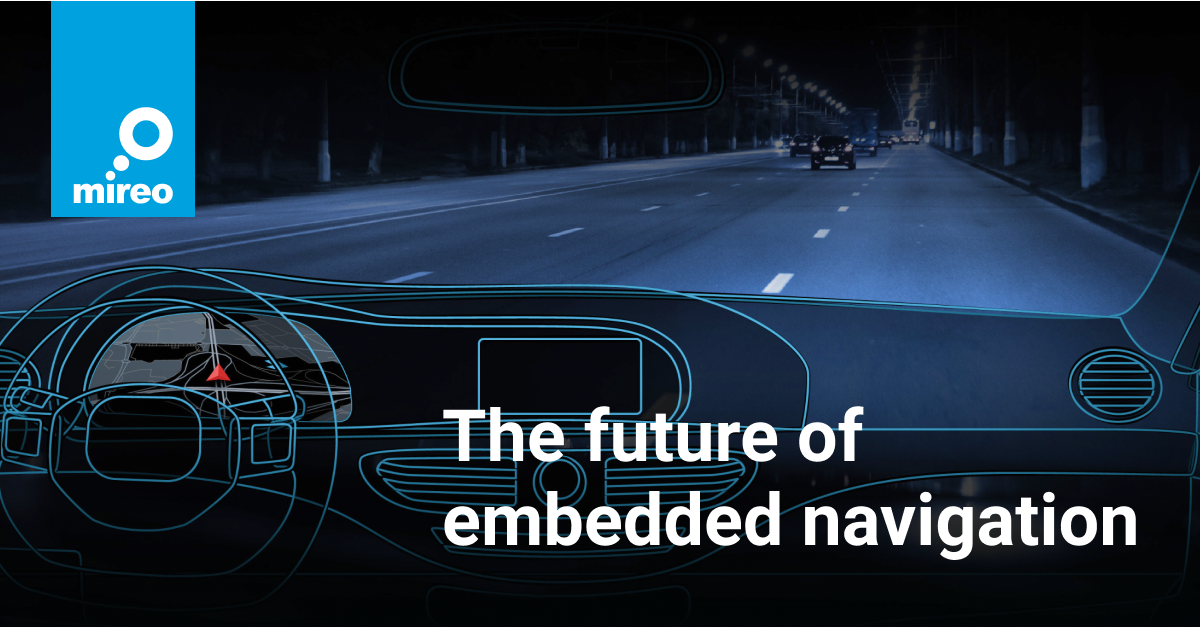What ISA mean for car manufacturers?
Car manufacturers will inevitably need to provide additional features to the new car buyers, embedded GPS navigation certainly being one. As per McKinsey's 2020 ACES consumer survey, respondents were willing to pay up to $13 for advanced map features and personalized GPS navigation.
Euro NCAP now takes speed assistance into account
Euro NCAP (European New Car Assessment Program) further reinforces ISA adoption and improvement. Cars equipped with a camera-only system are scored with only 0.25 out of 1 points, while car models combining cameras with GPS-based systems are awarded with 1 full point.
Starting from February 2023, Euro NCAP will reward manufacturers with additional NCAP points if they can demonstrate that the ISA features can support drivers at least 80% of typical driving on public roads.
Moreover, vehicle manufacturers shall need to provide the approval authorities the information about ratios of the time driven and the distances that are travelled with ISA switched on or off, as well as with the perceived speed limits being observed or overridden. Also, OEMs shall need to provide the data about the average time elapsed between the ISA switch-on and the switch-off by the driver.
Preparing for ISA
Providing complex data such as proving 80% ISA accuracy and consistency and ISA statistical usage data by tracking and analysing enormous quantities of driving data is not a trivial task. These large-scale analytical requirements will inevitably push OEMs to abandon off-the-shelf solutions for spatiotemporal analyses and start exploring state-of-the-art solutions.
